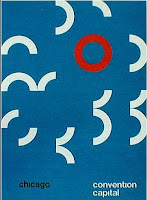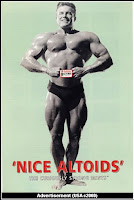1910 - 1935
Early modernism was a time when artists and designers broke from tradition to create a new style of design which would influence all artists, designers, architectures, fashions and literaturists around the world. Early modern artists were described as new or experimental, as they changed the way others saw design and art. Bauhaus created a new philosophy, putting a designs function before its form, something that has caught on and is used now. I believe this is the design era when abstract art became popular, with its geometric influenced, expressionist's outlooks and experimentational designs. Anything new, and different, rebelling against tradition was known as "modern". So this was the start of the rebelling against tradition that has carried through time influencing all the other art and design styles of the world.
First example is Pablo Picasso's "Man with Violin" in 1911. PIcasso and his friends created a new way of seeing. Using his abstract art he challenged the typical 400-year old traditional art.
 Early modernists used Plakatstil's (poster styles), using flat colours. This emerged from Germany in the early 1900's for use in advertising. The Plakatstil design was first begun by Lucian Bernhard when entering a poster competition. He used to large drawings, and placed a clear bold title above the two drawings. The simplicity of the design won him the competition. Bernhard also designed furniture, wallpaper, factories and houses, as well as office buildings and light fittings. Other German artists began to use these simple designs, such as I.F. Reiser by Martin Lehmann-Steglitz. Plakatstil artists used distinctive colours.
Early modernists used Plakatstil's (poster styles), using flat colours. This emerged from Germany in the early 1900's for use in advertising. The Plakatstil design was first begun by Lucian Bernhard when entering a poster competition. He used to large drawings, and placed a clear bold title above the two drawings. The simplicity of the design won him the competition. Bernhard also designed furniture, wallpaper, factories and houses, as well as office buildings and light fittings. Other German artists began to use these simple designs, such as I.F. Reiser by Martin Lehmann-Steglitz. Plakatstil artists used distinctive colours.

Experimentation of design was not just used by artists, but also archtitectures. The following buildings all broke the traditional designs, and began creating buildings or all different shapes, sizes and angles. Such as the Einstein Tower by Erich Mendelsohn from Germany in 1921. The use of curves, irregular angles and asymmetrical design all link to the abstract type of art and design of the Early Modern era. Something I notice with these buildings is the use of bars on windows, as you can see with the Bauhaus highschool, Californian Hallidie Building and the Fagus Works in Germany. They all have large windows with some sort of bar or crisscross line in the glass.
Einstein Tower by Erich Mendelsohn.
Bauhaus HighSchool by Walter Gropius.
Fagus Works by Walter Gropius.
Hallidie Building by Willis Pork.



















































